>>Association of Convenience Stores’ Chief Executive David Rae explains the complexities of the alcohol debate
There is a serious problem with the way in which Britain drinks. The government has estimated that alcohol-related harm in all its guises costs Britain more than £20bn a year. Nearly six million people are regular binge drinkers and 1.8 million could be defined as chronic drinkers.
Britain’s under-18s are the heaviest drinkers of their age group in Europe. In 2004 the National Alcohol Harm Reduction Strategy set out how to address the problem.
As debate on these issues has developed, I have become increasingly concerned about how easily policymakers, industry representatives and journalists slip into seeing binge, chronic and underage drinking as the same problem, with the same solution. This is, of course, a mistake.
Binge drinking is the newest and most pervasive term used in the current debate. It is, however, used for a number of purposes, ranging from the strictly medical definition, based on recommended daily drinking allowances, to shorthand for Friday night drink-fuelled scenes in town and city centres. These two are not the same and have to be tackled in very different ways.
This is most relevant in understanding the proposal now before Parliament for Alcohol Disorder Zones (ADZs). ADZs allow for a compulsory levy on pubs, clubs and off-licences in an area where there are drink-fuelled problems. We are calling on the Home Office to exclude off-licences from the scope of ADZs, because we do not believe that off-licences can prevent drunken fights at pub and club closing time.
Off-licences sell alcohol in sealed containers for consumption at a time of the customer’s choosing. Research shows that most of this alcohol is consumed at home and forms no part of a night out. The link between off-licences and late-night disorder in town centres is tenuous at best - and yet this is what underpins the ADZ proposal.
Chronic drinking is a different problem. Levels of alcohol dependency, alcoholism or alcohol-related illness are rising. People suffering from such problems are generally different to anti-social binge drinkers; and the ways to tackle the problem are perhaps even more complicated. Through the Drinkaware initiative, the industry is providing educational material to alcohol consumers, but more needs to be done.
Underage drinking can often be caricatured as an off-licence problem, but
last year’s enforcement campaigns showed clearly that all types of premises experience problems in preventing underage purchases.
Working together, the sector has made major advances in the availability of proof-of-age cards and, through the Pass scheme, is defeating the problem of fraudulent cards. We have been successful in getting the government to endorse the No ID No Sale and Challenge 21 messages. Training for those involved at all levels is more readily available and sophisticated than ever. At the same time, the government has significantly reinforced the sanctions for lawbreakers.
However, miscomprehension remains. Politicians in particular still use the terms ‘underage drinking’ and ‘underage selling’ interchangeably. For all our work in tackling ‘underage selling,’ we still seem to know very little about the causes and experience of ‘underage drinking’. More has to be done to tackle these far tougher challenges.
A good starting point would be to use the sanctions available to punish young people who attempt to buy alcohol or adults who buy it to sell to children. Both offences are subject to fixed penalty fines, but ask a policy officer or a police officer how many fines have been issued, or what procedures are in place, and you will get a blank look.
The Association of Convenience Stores remains committed to playing our part. We do not underestimate the government’s determination to effect solutions. Our continued plea will be for informed debate and a joint commitment to long-term solutions rather than the quick-fix, one-size-fits-all jargon that helps nobody.
There is a serious problem with the way in which Britain drinks. The government has estimated that alcohol-related harm in all its guises costs Britain more than £20bn a year. Nearly six million people are regular binge drinkers and 1.8 million could be defined as chronic drinkers.
Britain’s under-18s are the heaviest drinkers of their age group in Europe. In 2004 the National Alcohol Harm Reduction Strategy set out how to address the problem.
As debate on these issues has developed, I have become increasingly concerned about how easily policymakers, industry representatives and journalists slip into seeing binge, chronic and underage drinking as the same problem, with the same solution. This is, of course, a mistake.
Binge drinking is the newest and most pervasive term used in the current debate. It is, however, used for a number of purposes, ranging from the strictly medical definition, based on recommended daily drinking allowances, to shorthand for Friday night drink-fuelled scenes in town and city centres. These two are not the same and have to be tackled in very different ways.
This is most relevant in understanding the proposal now before Parliament for Alcohol Disorder Zones (ADZs). ADZs allow for a compulsory levy on pubs, clubs and off-licences in an area where there are drink-fuelled problems. We are calling on the Home Office to exclude off-licences from the scope of ADZs, because we do not believe that off-licences can prevent drunken fights at pub and club closing time.
Off-licences sell alcohol in sealed containers for consumption at a time of the customer’s choosing. Research shows that most of this alcohol is consumed at home and forms no part of a night out. The link between off-licences and late-night disorder in town centres is tenuous at best - and yet this is what underpins the ADZ proposal.
Chronic drinking is a different problem. Levels of alcohol dependency, alcoholism or alcohol-related illness are rising. People suffering from such problems are generally different to anti-social binge drinkers; and the ways to tackle the problem are perhaps even more complicated. Through the Drinkaware initiative, the industry is providing educational material to alcohol consumers, but more needs to be done.
Underage drinking can often be caricatured as an off-licence problem, but
last year’s enforcement campaigns showed clearly that all types of premises experience problems in preventing underage purchases.
Working together, the sector has made major advances in the availability of proof-of-age cards and, through the Pass scheme, is defeating the problem of fraudulent cards. We have been successful in getting the government to endorse the No ID No Sale and Challenge 21 messages. Training for those involved at all levels is more readily available and sophisticated than ever. At the same time, the government has significantly reinforced the sanctions for lawbreakers.
However, miscomprehension remains. Politicians in particular still use the terms ‘underage drinking’ and ‘underage selling’ interchangeably. For all our work in tackling ‘underage selling,’ we still seem to know very little about the causes and experience of ‘underage drinking’. More has to be done to tackle these far tougher challenges.
A good starting point would be to use the sanctions available to punish young people who attempt to buy alcohol or adults who buy it to sell to children. Both offences are subject to fixed penalty fines, but ask a policy officer or a police officer how many fines have been issued, or what procedures are in place, and you will get a blank look.
The Association of Convenience Stores remains committed to playing our part. We do not underestimate the government’s determination to effect solutions. Our continued plea will be for informed debate and a joint commitment to long-term solutions rather than the quick-fix, one-size-fits-all jargon that helps nobody.


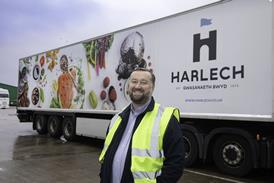
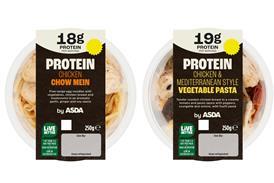
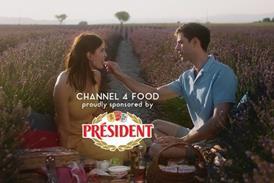

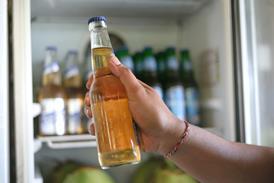


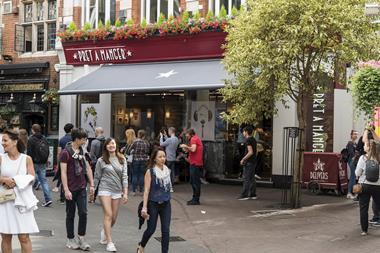
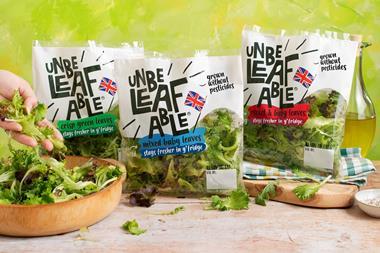

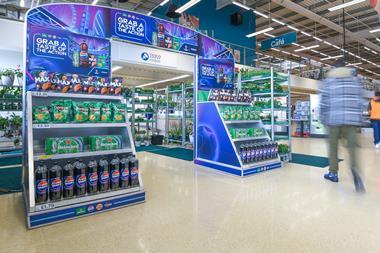

No comments yet